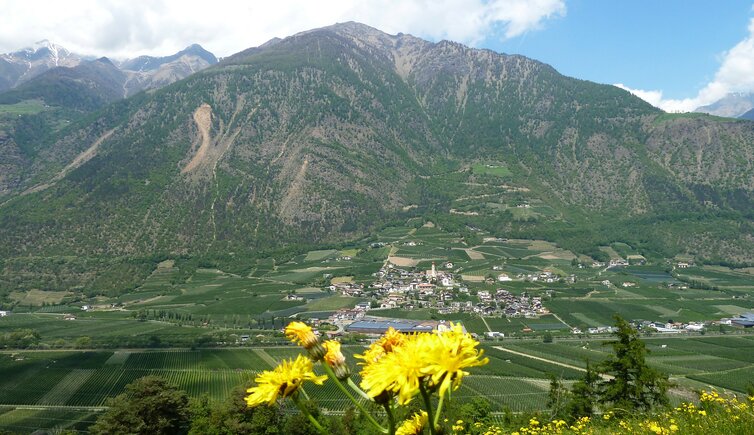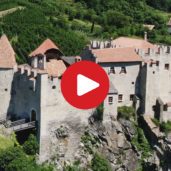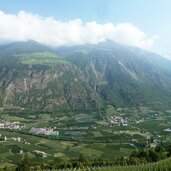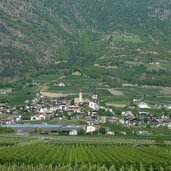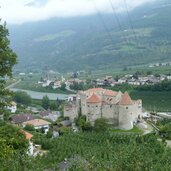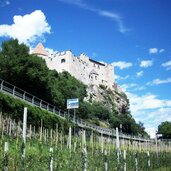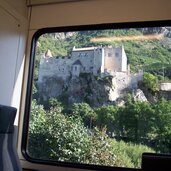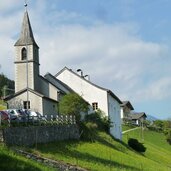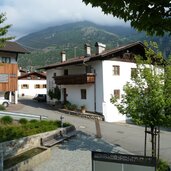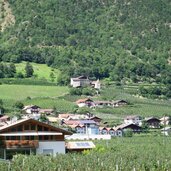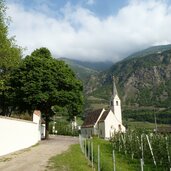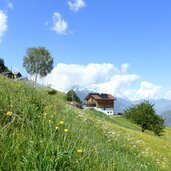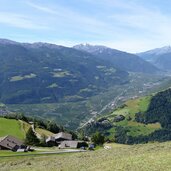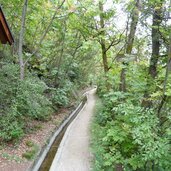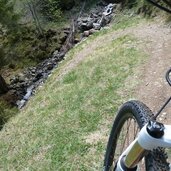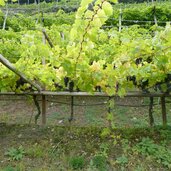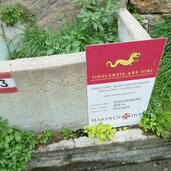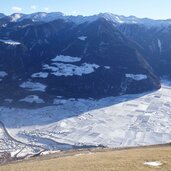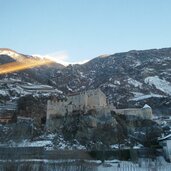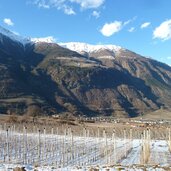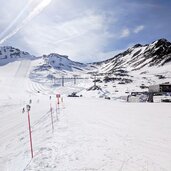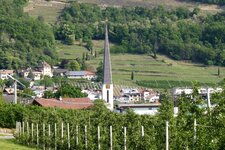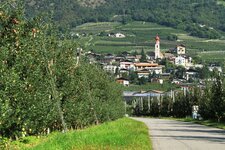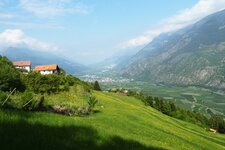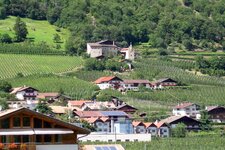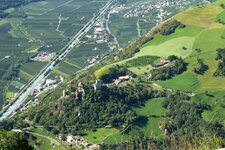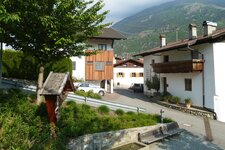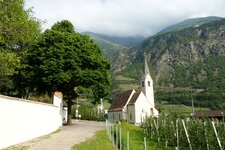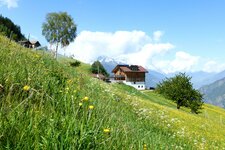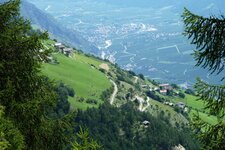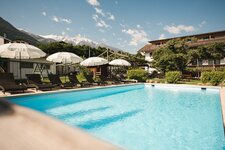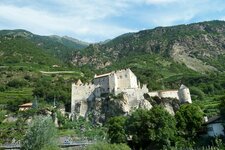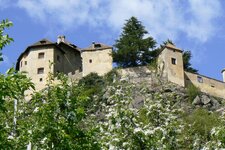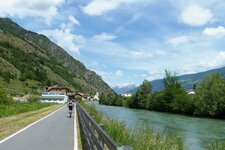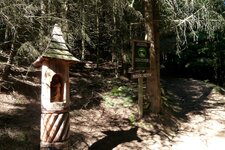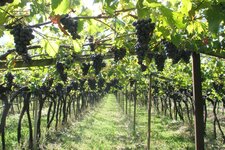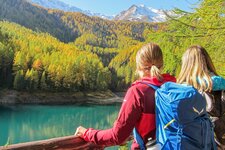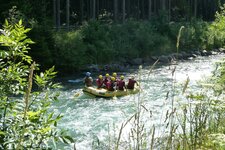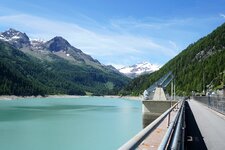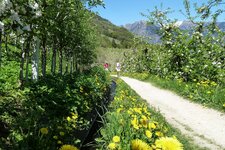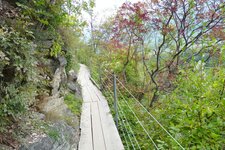Two castles, apple orchards and asparagus fields characterise the municipality at the transition from Merano to the Val Venosta valley
Image gallery: Castelbello-Ciardes
There are not less than nine districts that make up the area of Castelbello-Ciardes at the entrance of the Val Venosta. The municipality extends from the orchards, vineyards and asparagus fields on the valley floor up to the Cima Trumes peak, embracing the villages of Castelbello, Ciardes, Colsano, Maragno, Lacinigo, Montefranco, Monte Trumes, Montefontana and Juval on the left and right of the Adige River. Directly at the municipal border towards Merano and surroundings, the Val Senales branches off, touches the Gruppo di Tessa Nature Park and runs all the way to the glacier at the end of the valley, the Alpine area where the glacier mummy Oetzi was found.
Two mighty castles dominate the landscape: Castelbello Castle just above the Val Venosta road, once built by the Lords of Montalban. Today, it is an ideal ambience for concerts and exhibitions as an event centre. The second magnificent building is Juval Castle in the hamlet of Juval, a Neolithic eagle's nest at the entrance to the Val Senales. Inside, one of Reinhold Messner's Mountain Museums awaits you: The castle served as his summer residence for a long time. After culture comes pleasure: The asparagus from Castelbello is celebrated every year during the asparagus weeks. On the day of harvest, it is delivered directly to the local restaurants and freshly prepared. The dishes are crowned by the "Asparagus" wine from the four wineries in Castelbello.
A dense network of hiking paths extends in Castelbello-Ciardes, 50 km of which alone follow the former irrigation channels, the so-called Waale. These include the one from Ciardes to Senales, the Latschander-Waalweg and the wine trail "Via Vinum Venostis". Further up, excursion destinations such as the Marzon and the Zirmtal Mountain Huts await you. If you are looking for alternatives to hiking, there is the possibility to experience the Val Venosta or the Adige Valley on two wheels - South Tyrol is well connected with cycle paths - or to take a rafting boat down the Adige River.
